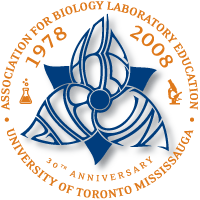
ABLE 2008
Tuesday, June 3, 2008
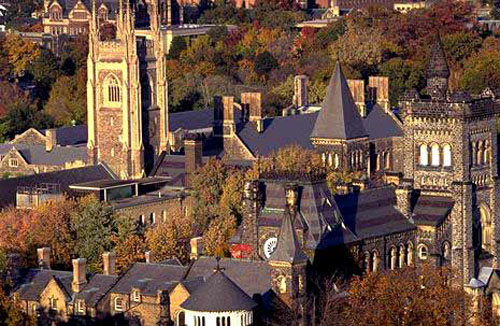
1. Explore the St. George Campus of the University of Toronto. The bus will leave promptly at 12:30pm from the North Building circular drive and returning to the UTM campus by 4:30pm.
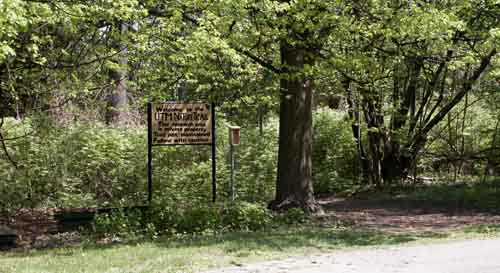
2. Explore the UTM campus on one of our guided tours. Walk along the nature trails that wind through the university grounds and wander through the nearby Erindale Park.
Tours leave from the front entrance of Erindale Hall at 10am, 2pm, and 4pm (Also Monday at 5pm for those who arrive early). Tours are approximately 1 hour long.
Thursday, June 5, 2008

Optional dinner in Toronto. Visit downtown Toronto for a “taste of dining in the city”.
You will be escorted by people who will suggest various restaurants and places to see until you need to meet again at the bus “stop” at 9:30 to return to UTM. (Others can experiment with various sights and tastes of Mississauga—also a city (pop. 700,000), but not as large or a diversified at Toronto (about 3 million). Bus departs from North Building (circular drive) at 6pm.
Saturday, June 7, 2008
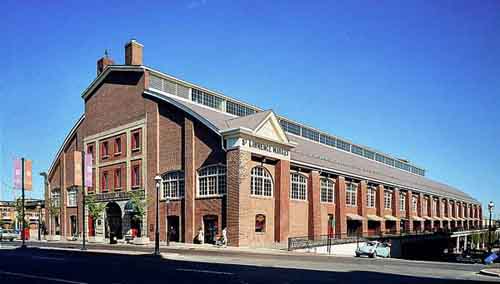
1. Join us on this day long trip as we introduce you to some of Toronto’s most popular spots.
We’ll start with a guided history and food tour of the St. Lawrence Market area with noted Toronto historian, Bruce Bell. Learn about the fascinating 200 year history of the market while stopping to sample food from various vendors. Next, we’ll make a stop at the Royal Ontario Museum (ROM) for a behind-the-scenes look at the the museum with David Evans, the ROM’s new curator of paleontology.
Finally, end the day with a delicious dinner in Toronto’s Chinatown, one of North America’s largest Chinattowns.
The bus will leave promptly at 8:30am from the North Building circular drive and will return to the UTM campus by 9pm.
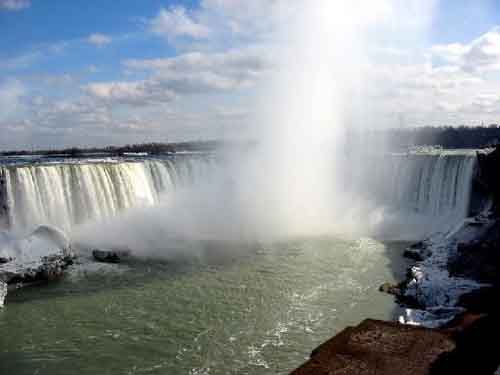
2. Into the country to explore the beautiful Niagara Region of Ontario. This area within an hour of UTM is amazing for its unique geology, biology, and history.
The tour will include time at the famous Niagara Falls (the most powerful waterfall in North America) as well as time in the quaint village of Niagara on the Lake. No trip to Niagara is complete without a stop at one of the vineyards and fruit markets. The Niagara Falls were formed when glaciers receded at the end of the Wisconsin glaciation (the last ice age), and water from the newly-formed Great Lakes carved a path through the Niagara Escarpment en route to the Atlantic Ocean. While not exceptionally high, the Niagara Falls are very wide. More than six million cubic feet (168,000 m³) of water fall over the crest line every minute in high flow, and almost 4 million cubic feet (110,000 m³) on average.
Also see more information and pictures at http://www.infoniagara.com/attractions/indexf.html
Stops in Niagara Falls may include:
- Niagara White Water Walk: Down stream from the falls the gorge has been cut deep and narrow by millennia of rushing white water. Trillions of gallons are forced through this accelerating trough, resulting in one of the wildest stretches of whitewater in the world. The White Water Walk features a photo gallery that reviews the stunters and daredevils from years past that tried to conquer Niagara’s dangerous whitewater rapids.
- Niagara Butterfly Conservatory features over 2,000 colourful tropical butterflies floating freely among lush, exotic blossoms and greenery. Paths wind through the rainforest setting, past a pond and waterfall and the Emergence window, where butterflies leave their pupae and prepare to take their first flight!
- Sir Adam Beck Power Station: Since 1958, Sir Adam Beck 2 Generating Station has captured that potential energy in one of Ontario’s largest hydroelectric facilities. Sir Adam Beck was a prosperous London, Ontario, manufacturer, who was simultaneously the Mayor and the Conservative member of the provincial Legislature (which was then permitted). Given Ontario’s water power resources at Niagara, Beck was an early champion of municipal and provincial electric power ownership to spur economic development.
- Niagara-on-the-Lake: During the War of 1812, Niagara-on-the-Lake came under fierce bombardment and was the scene of bloody battles. Besides having the reputation as one of the prettiest towns in Canada, Niagara-on-the-Lake is also one of the most fascinating historically. The Town has retained its 19th century charm and is a wonderful place to explore its forts, grand mansions, colourful gardens and parks, and pot-pourri of arts and crafts. You will have some time to wander around the town, shop, and then test out some of our wonderful wineries. We will stop for dinner (extra) on the way home.